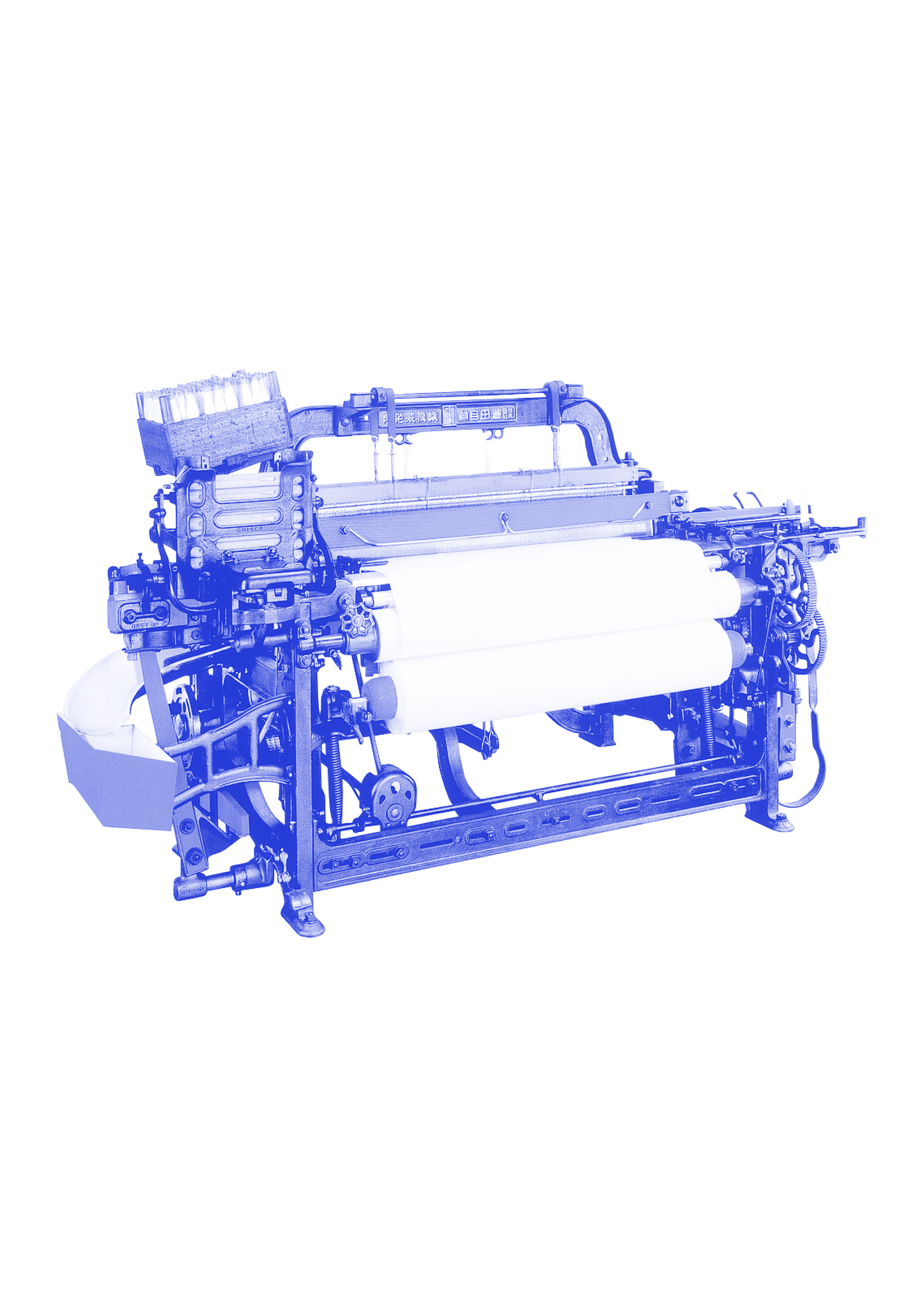
敬称陛下
(HER MAJESTY THE EMPRESS)
Since the establishment of the Imperial Cocoonery by Empress Dowager Shōkun in 1871, sericulture is one of the traditional cultures within the Imperial Household. At the time of the institution’s foundation, silk was one of Japan’s most important export products, and Imperial patronage was meant to promote the industry even further.
Read more...
(HER MAJESTY THE EMPRESS)
Since the establishment of the Imperial Cocoonery by Empress Dowager Shōkun in 1871, sericulture is one of the traditional cultures within the Imperial Household. At the time of the institution’s foundation, silk was one of Japan’s most important export products, and Imperial patronage was meant to promote the industry even further.
Read more...

LA FONDATION
(THE FOUNDATION)
Titans of industry have long made contributions to charitable causes. Modern philanthropy is a Gilded Age invention, meant to battle the increasing socio-economic inequality following industrialization. Steel magnate Andrew Carnegie was the first to give away most of hist vast fortune to endow – among others – universities, concert venues, and almost three thousand libraries.
Read more...
(THE FOUNDATION)
Titans of industry have long made contributions to charitable causes. Modern philanthropy is a Gilded Age invention, meant to battle the increasing socio-economic inequality following industrialization. Steel magnate Andrew Carnegie was the first to give away most of hist vast fortune to endow – among others – universities, concert venues, and almost three thousand libraries.
Read more...

“MADE IN JAPAN FRANCE”
Through a quartet of seemingly simple rules, the Fédération de la Haute Couture et de la Mode has been safeguarding the official haute couture designation since 1945. Overseen by France’s Ministry of Industry, fashion’s most exclusive sector thus is legally bound to Paris’ territory.
Read more...
Through a quartet of seemingly simple rules, the Fédération de la Haute Couture et de la Mode has been safeguarding the official haute couture designation since 1945. Overseen by France’s Ministry of Industry, fashion’s most exclusive sector thus is legally bound to Paris’ territory.
Read more...

PICARD
A frozen food grocery for the busy person or families sells as the dream for modern society. Established in France as a solution for consumers to have good taste without any time spent in cooking. The frozen food store is now placed with three locations in Tokyo; Aoyama, Azabu-Juban and Nakameguro.
Read more...
A frozen food grocery for the busy person or families sells as the dream for modern society. Established in France as a solution for consumers to have good taste without any time spent in cooking. The frozen food store is now placed with three locations in Tokyo; Aoyama, Azabu-Juban and Nakameguro.
Read more...

| TOYODA AUTOMATIC LOOM WORKS, LTD. |
The history of textile production in Japan is rich and complicated. Techniques and styles have historically travelled along the silk road and via Dutch and Portuguese ships, to find new leases on life across the Japanese archipelago.[1] Franco-Japanese relations in particular have had a profound impact on the formation of a modern textile industry.
Read more...